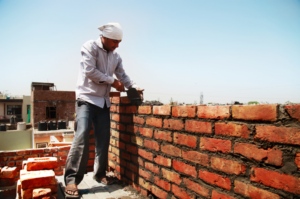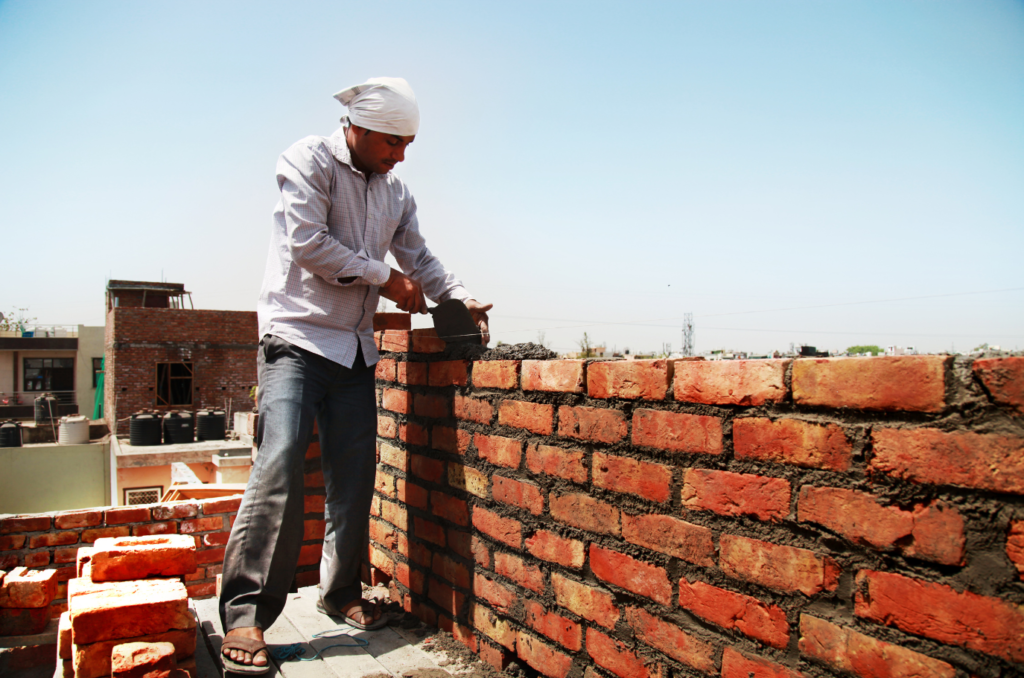Have you ever wondered why it is crucial to preserve the historic brick exteriors of buildings being transformed into condominiums in Cleveland? Well, let me tell you – there is an array of reasons! However, it is no easy task. Not only is it challenging, but it can also drain your bank account. Nonetheless, it is essential. Let’s expand our knowledge about the intriguing world of brick restoration on historic buildings!

Historical Overlay May Require Preservation
In Cleveland, historical buildings are truly gems of the city’s past. These old structures tell a story and hold memories of a time long gone. When it comes to preserving these buildings, local historical codes may come into play, especially regarding the brick exterior.
You see, brick restoration on a historic building is not just about fixing cracks and ensuring stability. It is about honoring the legacy and architectural heritage that these structures represent. That is why local codes may require preservation of the existing brick, rather than opting for replacement.
By preserving the original brick, Cleveland ensures that the historical overlay remains intact. This not only maintains the charm and character of the building but also serves as a reminder of the city’s rich history. So, next time you stroll through Cleveland’s streets, take a moment to appreciate the beauty and value of these historic gems and the efforts to preserve their brick exteriors.
Preserving the original brick is not always a simple and straightforward process, according to Jake Sweeney of Cincinnati Masonry Experts. Jake explains that “brick from historic buildings have experience a significant amount of weathering during their lifetime. When the masons first laid the brick, they didn’t have ways to seal the brick to protect it.” On the other hand, Jake told us that brick that was produced for historic buildings is often a higher quality than much of the brick used today. Cincinnati Masonry Experts has significant experience with restoring the brick and mortar on historic buildings. Though most of the work they do is on new builds and repairing modern brick, stone, and concrete structures.
Historic Features are a Selling Point
You will not believe what has been trending among potential condominium buyers in the city lately – the history of their future homes! Having historic features is becoming a major selling point, and it’s no surprise.
People are now realizing that preserving the historical integrity of a building is not only charming but can also increase its value and sale price. Take brick restoration, for example. It not only brings back the original beauty of the building but also tells a story of the city’s past. It adds character and authenticity to a condominium, making it truly one-of-a-kind.
So, if you are considering buying a condominium, don’t overlook the historical features. They could turn out to be the best-selling points – and investments – you ever make.
Importance of Historic Masonry Experts
Historic masonry experts, like Cincinnati Masonry Experts, are of utmost importance when it comes to brick restoration on a historic building in the city. Preserving the original brickwork is a delicate and challenging task that requires specialized skills and experience.
These experts understand the significance of maintaining the historical integrity of the building while ensuring its structural stability. They possess in-depth knowledge about diverse types of bricks and mortar used in the past and can identify the most appropriate materials for restoration. Their expertise extends to techniques for cleaning, repairing, and repointing old brickwork.
Trusting a qualified mason ensures that the building’s historic charm is preserved, breathing new life into its weathered facade while honoring its rich past.
The brick restoration project on the historic building in Cleveland has successfully rejuvenated its appearance while maintaining its historical charm. The skilled craftsmanship and careful diligence have truly brought the building back to life, preserving its legacy for future generations to appreciate.
